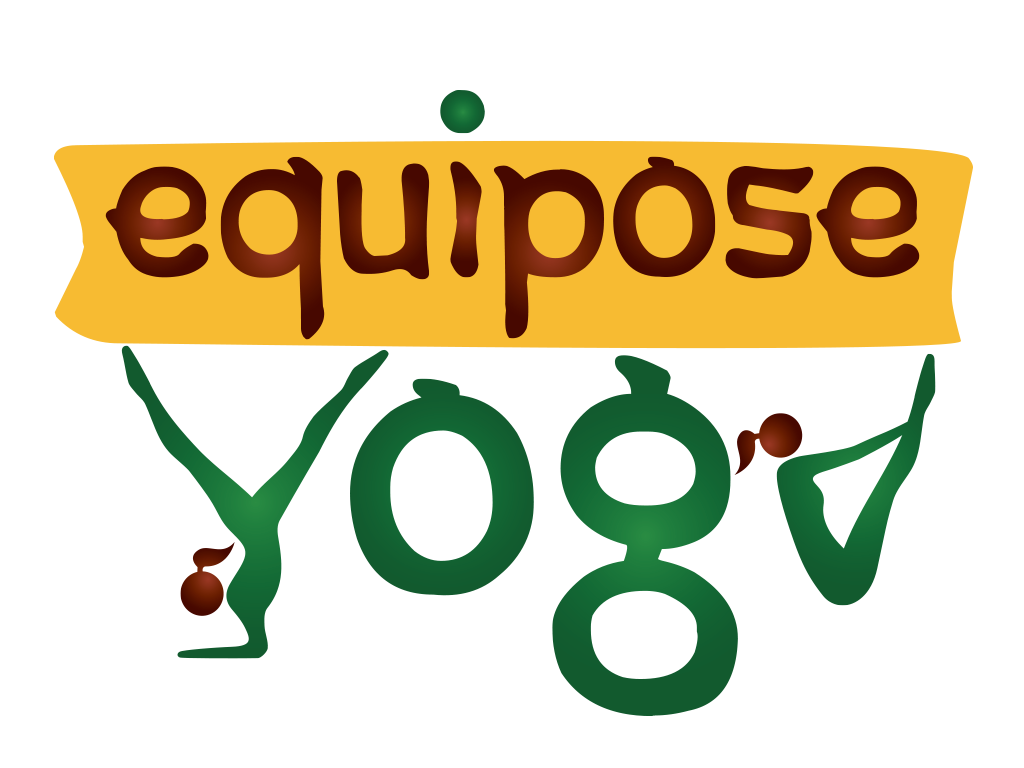The psoas muscle is much more than the most important skeletal muscle in the human body!
Diagram of pelvic bowl. Note the large psoas muscle and its relationship to the sciatic nerve. Illustration from The Vital Psoas Muscle by Jo Ann Staugaad-Jones, 2012.
Your psoas is the body’s arch holding it up like a building. “The Mighty Psoas” is the only muscle that connects the spine to the legs. It is biarticulate, which means it works at two joints as it travels from the spine to the leg and then diagonally across the pelvis to become the shelf for the internal organs. That means that any contraction of the psoas stimulates and massages the intestines, kidneys, liver, spleen, pancreas, bladder and frequently the stomach, and that’s just the beginning.
The psoas muscle can not only affect the nerves of the lumbar spine and the largest artery of the body, the aorta, which lies in its path, but it also plays a huge role in our breathing as it connects to the diaphragm at the solar plexus (third chakra or manipura). These are all significant reasons to keep the psoas healthy or in a state of release (see postures below).
The Psoas’ Role in Nervous System Functioning
The human body has two nervous system controls; all the systems of the body, through the neurons, are controlled by these main systems: the CNS (the central nervous system) and the PNS (the peripheral nervous system).
The psoas plays an important role in our somatic nervous system (SNS), classified as part of the PNS, that voluntarily affects skeletal muscle carrying information from the nerves to the CNS (central nervous system of the brain and spinal cord) and from there to the muscles and sensory fibers.
The science of somatics has to do with the body’s intelligence or somatic memory, often referred to as a sixth sense or intuitive response or gut feeling; it is considered part of the PNS or peripheral nervous system located outside of the brain and spinal cord.
Because of its deep location and connections, the psoas acts as an organ of perception somatically. Much research has been done to show that trauma is held in the body as well as the brain. Releasing the psoas from tightness and pain can promote healing physically and emotionally.
The enteric nervous system (ENS), called the second brain in the body (the gut or intestines), receives messages from the parasympathetic nervous system, which involuntarily relays a rest and recovery signal. The ENS also receives signals from the sympathetic nervous system of fight or flight and stress, also involuntarily.
The ANS (autonomic nervous system) consists of the three subsystems: parasympathetic, sympathetic and enteric, which are in turn all part of the PNS, which controls all voluntary and involuntary actions of the organs and glands. These peripheral nerve complex systems affect the psoas in the “fight or flight” emergency and the “rest and digest” non-emergency. But, that is not the whole picture.
The CNS (which encompasses the brain and spinal cord enabling us to think, learn, reason and maintain balance), responsible for feelings and emotions, can create muscle tension, which, you guessed it, also affects the psoas because of its location. So, when you release the psoas you also release fear and anxiety.
Staugaard-Jones, Jo Ann. The Vital Psoas Muscle. England: Lotus Publishing, 2012.
Below are some relaxing poses to “release” the psoas
Lie on your back and bring one knee up to the chest. Let it fall over to the opposite side. Allow the hips to roll, but try to keep the shoulders on the mat. Never force a spinal twist; let gravity do the work! The spinal itself does not twist; it is your upper body tissues that are twisting. This pose relaxes the lower psoas and stimulates the IT (iliotibial band) and smaller glutes. Repeat on the other side. Breathe and stay about 5 minutes to experience the full release of the psoas.
Sit back on your heels or place a blanket behind your knees to lessen the flexi on of the knees, reach forward with straight arms bringing the forehead down to the mat, or rest your head on a block or pillow as Naomi is showing. This pose stretches the lower spine muscles, including the psoas which is released in this pose.
CRP or constructive rest position: Lie on your back, bend the knees so the feet are flat on the mat or floor. Separate your feet to the edge of the mat so that the knees can gently come together in a sort of inverted “V” position. The femur will rest in its hip socket releasing the hip flexors and allowing the spine to follow its natural curve, freeing the overworked psoas.




